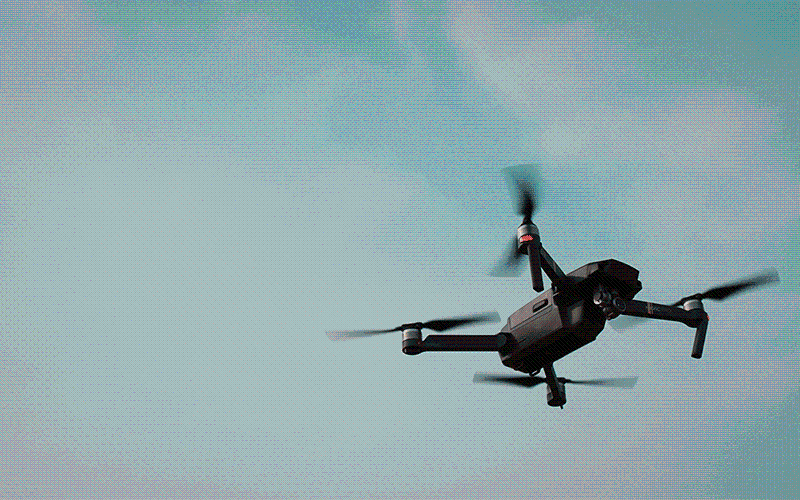
Drones in landscaping: uses, regulation, and other considerations
The modern machines come in a variety of shapes and sizes, each associated with certain kinds of application and operator. In landscaping, the popular multi-rotor-style drone has been adopted for a range of uses, often resulting in more efficient and higher quality services. But there are also risks for businesses around compliance and safety, and it is these issues which we will focus on here.
First, though, let us take a closer look at how drones are currently being used in landscaping and how they might be used in the future. Capturing photos and videos is perhaps the most common use of modern drones and so it is no surprise to see many designers taking advantage of them. Be it for gauging design parameters, inspecting hazardous areas, or marketing purposes, an aerial view of a site can often prove invaluable. Moreover, the cameras on a drone can be complimented with software which allows the designer to conduct survey work, generate 3D models of sites, and even assess the health of vegetation. Many of these applications are also relevant to the grounds maintenance sector, alongside the use of more powerful drones to carry pesticides sprayers or other equipment to treat hard-to-reach plants.
So, if you decide your business might benefit from a drone – or your personal life for that matter – it is worth checking the UK Civil Aviation Authority (CAA) website before you splash the cash. The CAA regulates drone use and its website provides guidance on the relevant laws and safety considerations, some of which may help you make a final decision on your drone. For instance, users of drones weighing more than 250g must register with the CAA and obtain both a flyer and an operator ID, with the former involving a theory test. However, where the drone weighs less than 250g, the user does not need a flyer ID and only needs an operator ID where the drone has a camera. The weight of the drone also affects where it can be flown, with only those weighing less than 250g allowed to fly near or over people and in residential areas – an important consideration for garden work.
Other key considerations for aspiring drone pilots include business registration, third party insurance, and more advanced flying. When planning to use a drone for work, you must register your business for an operator ID rather than yourself or an employee, though you will need to nominate an ‘accountable manager’. A minimum of third-party insurance is also required when using a drone for commercial purposes, including taking pictures and undertaking surveys. And finally, you will need to gain further qualifications for more advanced drone activities, such as flying more closely to people.
Alas, there are a lot of things to consider when buying a drone for your landscaping business – many of which we cannot cover here – but for some the returns will far outweigh the initial investment.

